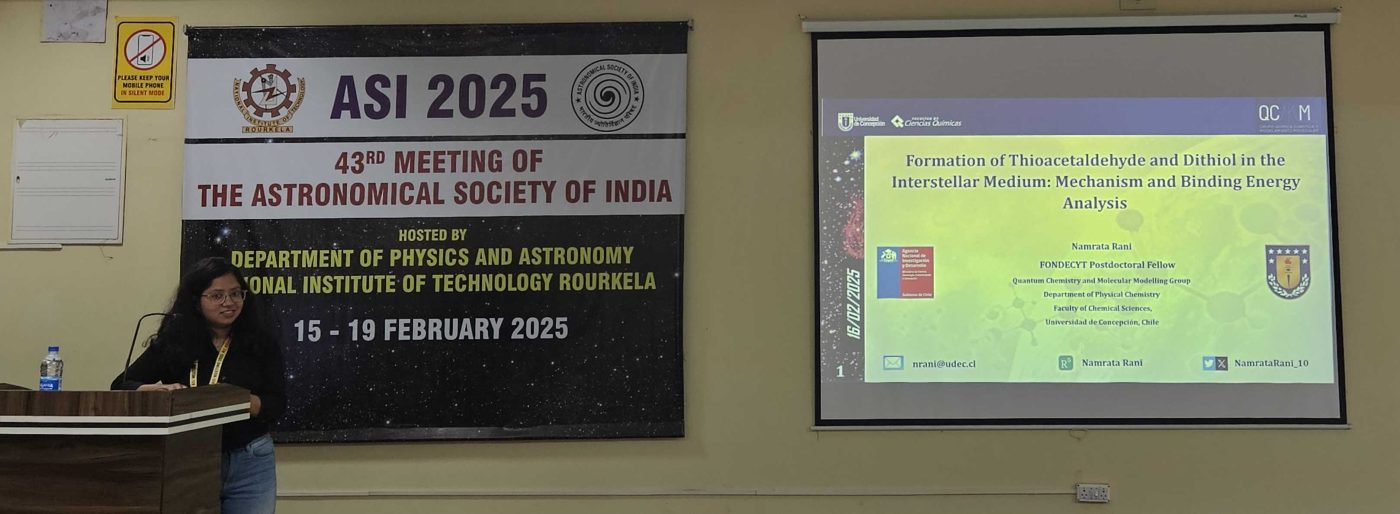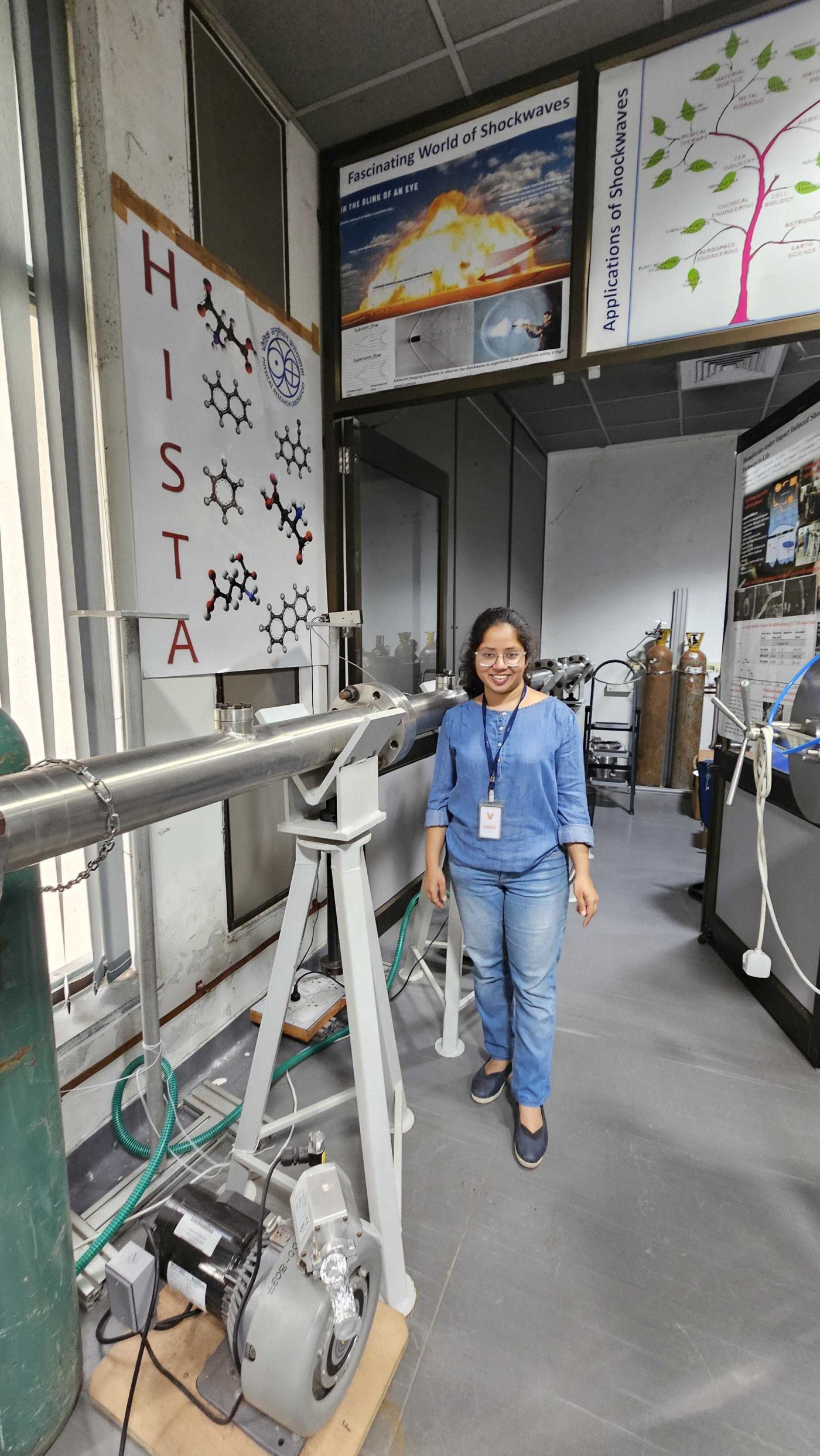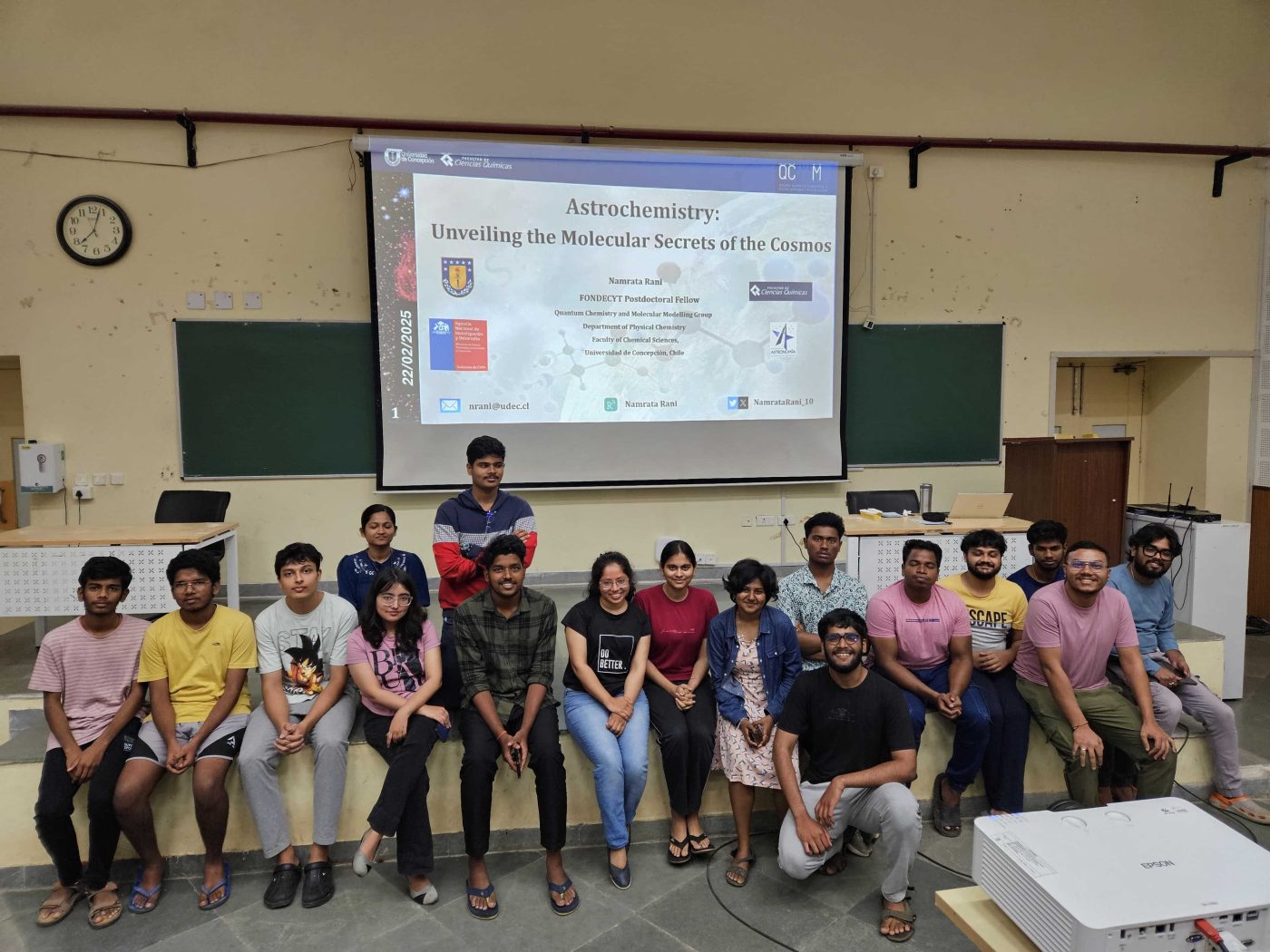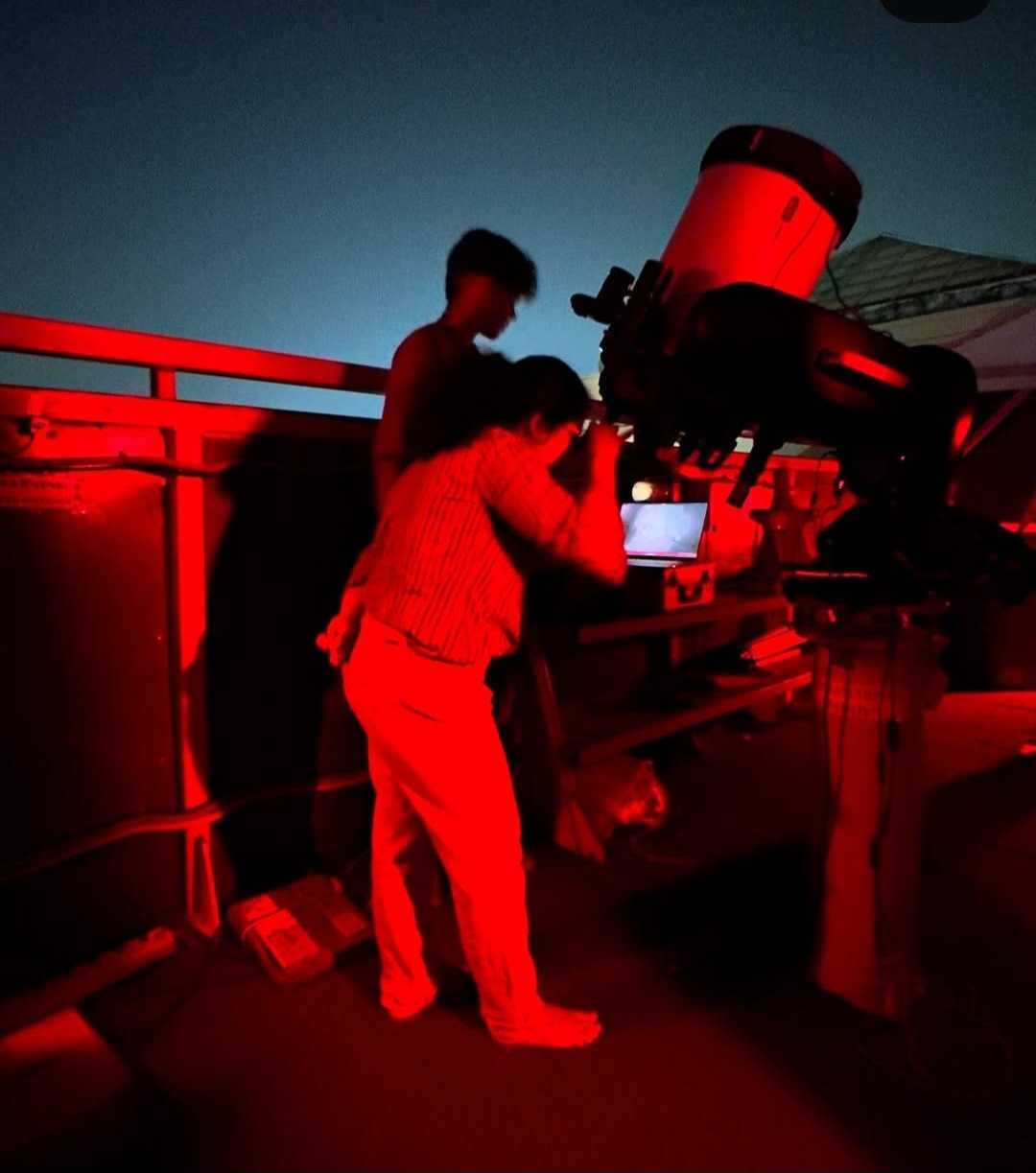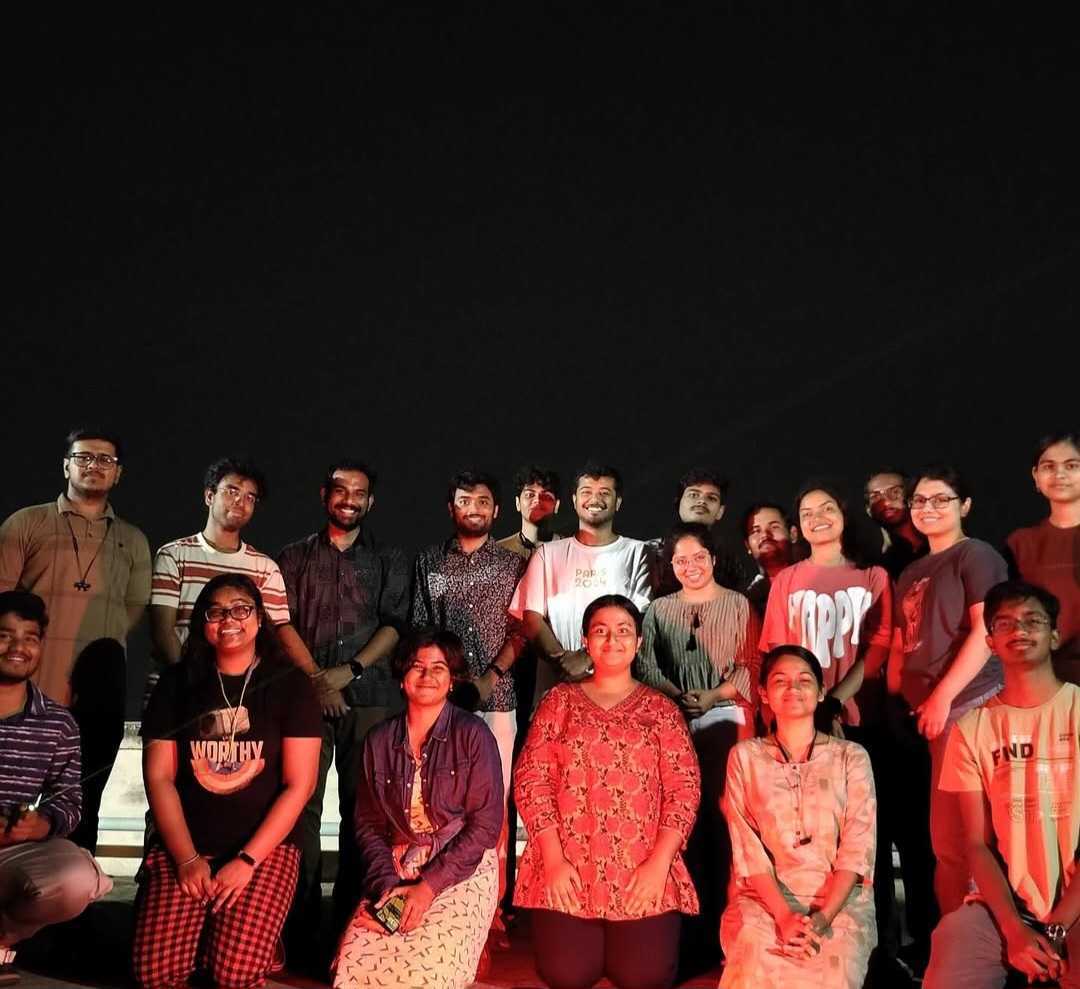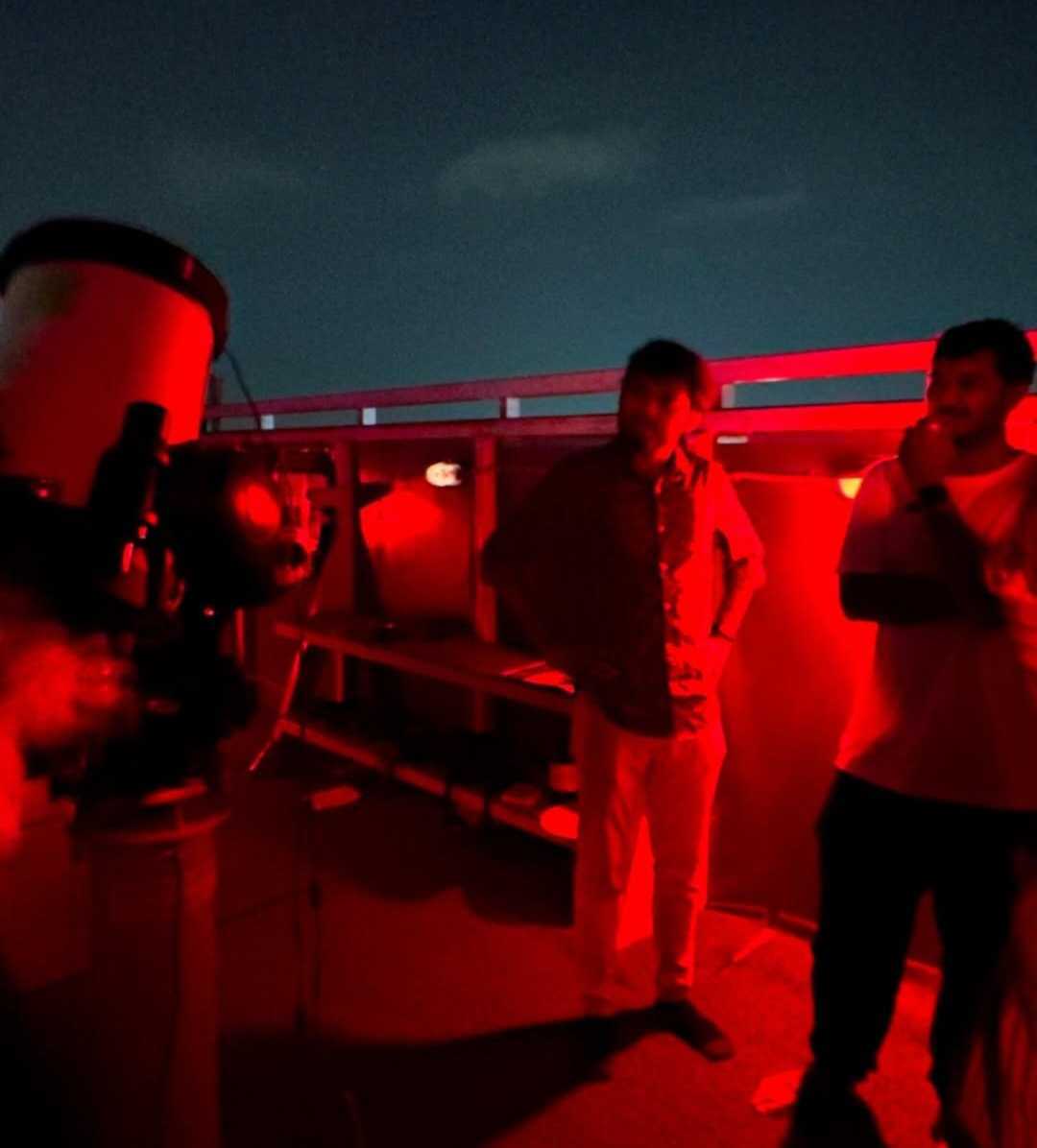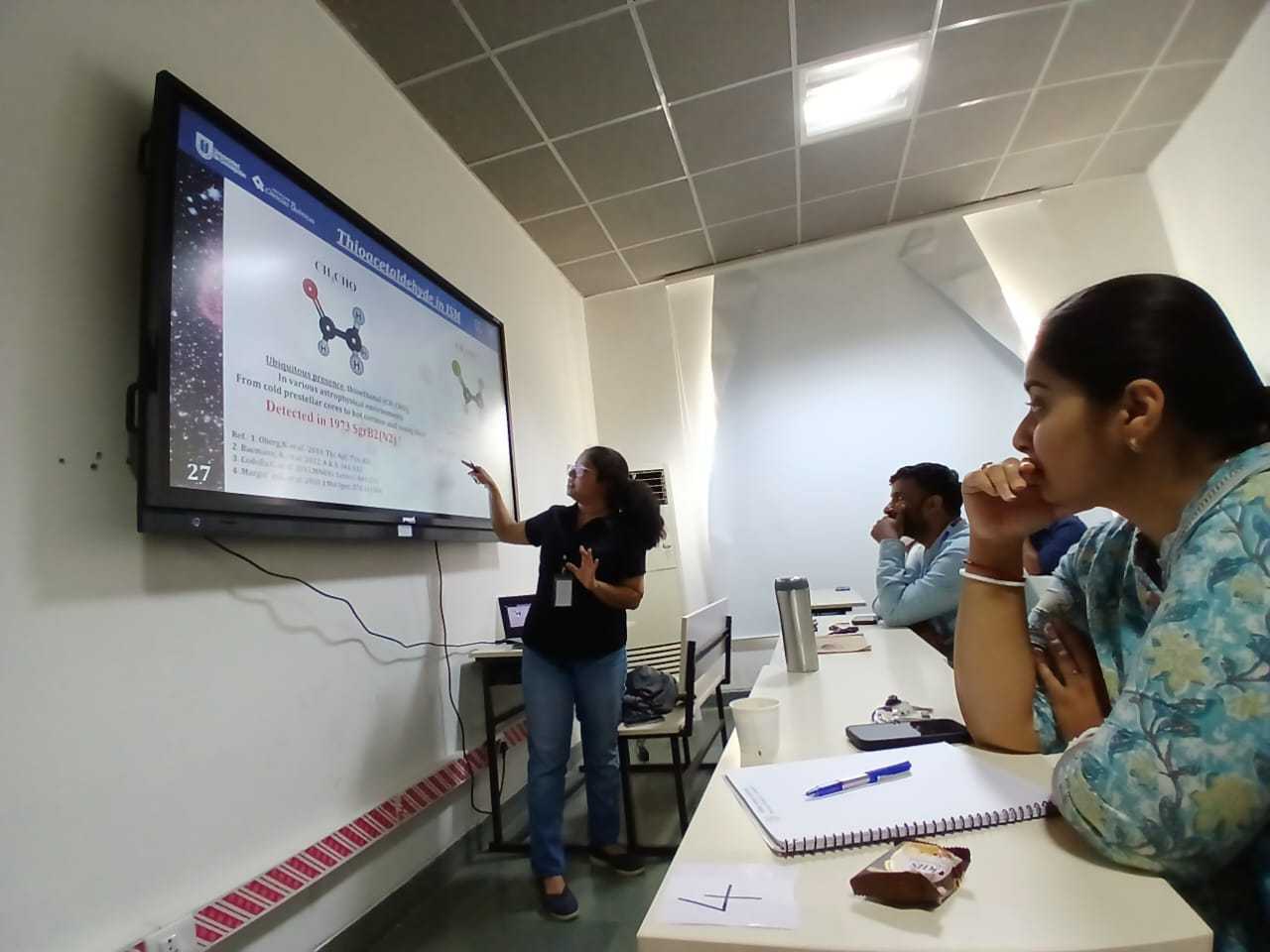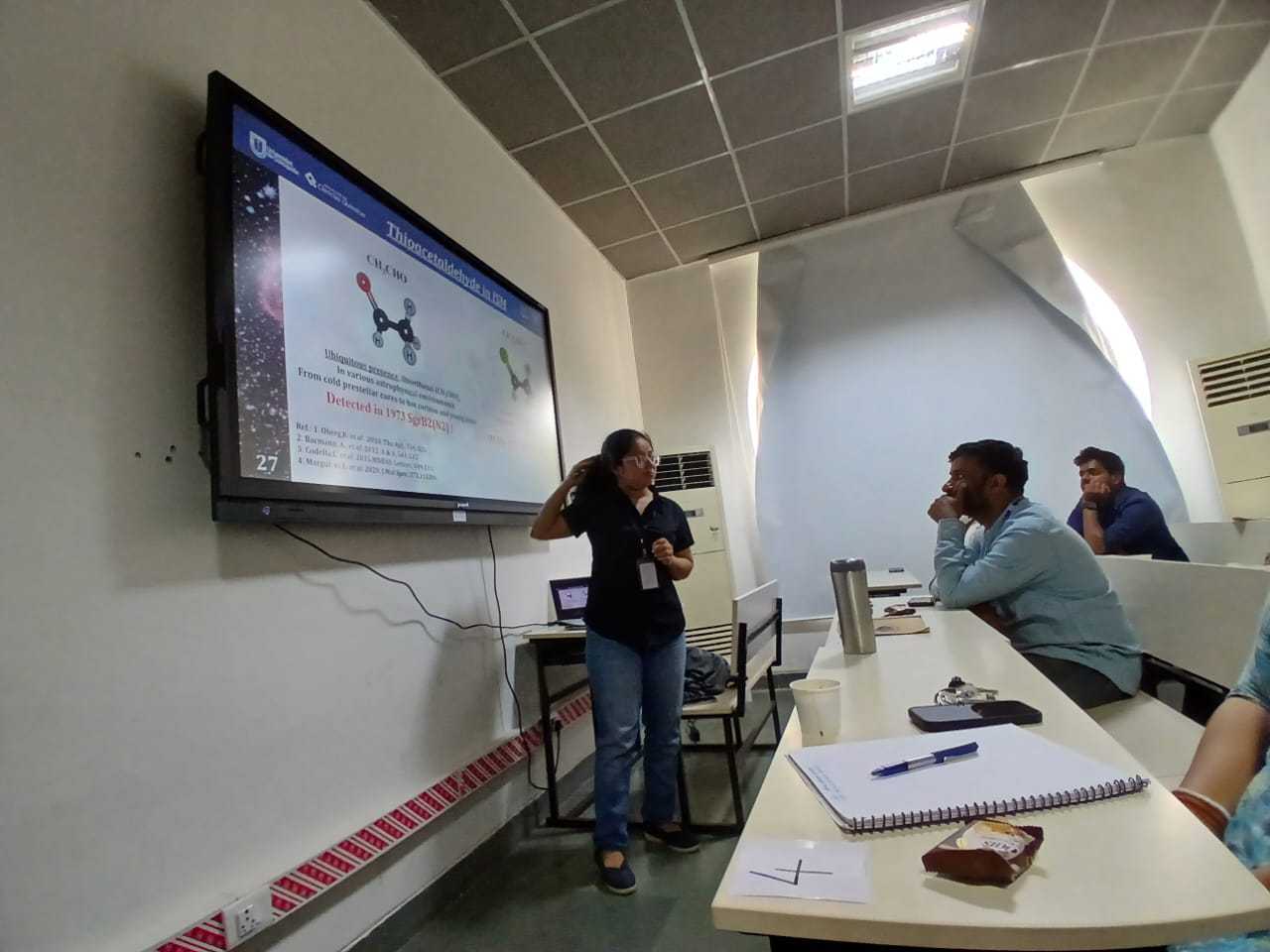Dr. Namrata Rani’s Research Tour in India Strengthens Astrochemistry Collaborations
19 - March - 2025
Dr. Namrata Rani a Postdoc researcher at the Vogt-Geisse Lab recently completed an extensive research and outreach tour across India, engaging with leading institutions to present her work on reaction mechanisms and binding energies of interstellar molecules. Over several weeks, she delivered a series of lectures, including a contributed talk at a major conference, and participated in outreach activities, fostering new collaborations in the growing field of astrochemistry.
During her visit, Dr. Rani presented her research at the Physical Research Laboratory (PRL) Ahmedabad, where she discussed the formation of sulfur-containing species and amides on icy grains. Her talk provided critical insights into reaction mechanisms and binding energies, essential for understanding the molecular complexity of interstellar environments. This visit, hosted by the Astrochemistry Group of the Atomic, Molecular, and Optical Physics Division, allowed her to engage with researchers working in experimental astrochemistry.
A key highlight of her tour was her contributed talk at the 43rd Meeting of the Astronomical Society of India (ASI), hosted by the National Institute of Technology, Rourkela. She presented her findings on the formation of thioacetaldehyde and dithiol in the interstellar medium, focusing on quantum chemical methods to explore molecular synthesis in space. Her presentation was well received, sparking discussions on the role of sulfur chemistry in planetary system formation and its implications for future astronomical observations.
Dr. Rani’s visit to the National Institute of Science Education and Research (NISER), Bhubaneswar, expanded beyond research seminars to include public outreach activities. She collaborated with the Astronomy Club of NISER, leading an observatory session at KALPANA, where students explored celestial objects while discussing the astrochemical processes that govern the molecular makeup of space. She also delivered a public talk, introducing the field of astrochemistry and its significance in understanding the chemical origins of the universe. At NISER’s School of Earth and Planetary Sciences, she presented her work on quantum chemical studies of astrochemical processes, detailing the mechanistic exploration of gas-phase and grain-surface reactions.
The final stop of her research tour was at the Institute of Astronomy, Space, and Earth Sciences (IASES) Kolkata, where she gave a seminar on the formation of complex sulfur organic molecules and amides in the interstellar medium. Her presentation outlined the latest advancements in binding energy analysis and molecular synthesis pathways, emphasizing their relevance to both theoretical modeling and observational astrochemistry.
Dr. Rani’s visit to India was a valuable opportunity to bridge theoretical and experimental expertise, strengthening ties between research groups and opening avenues for future collaborations. Her engagement with scientists, students, and the broader astronomical community helped advance the understanding of molecular evolution in space, contributing to the growing intersection of chemistry and astronomy in India’s research landscape.
